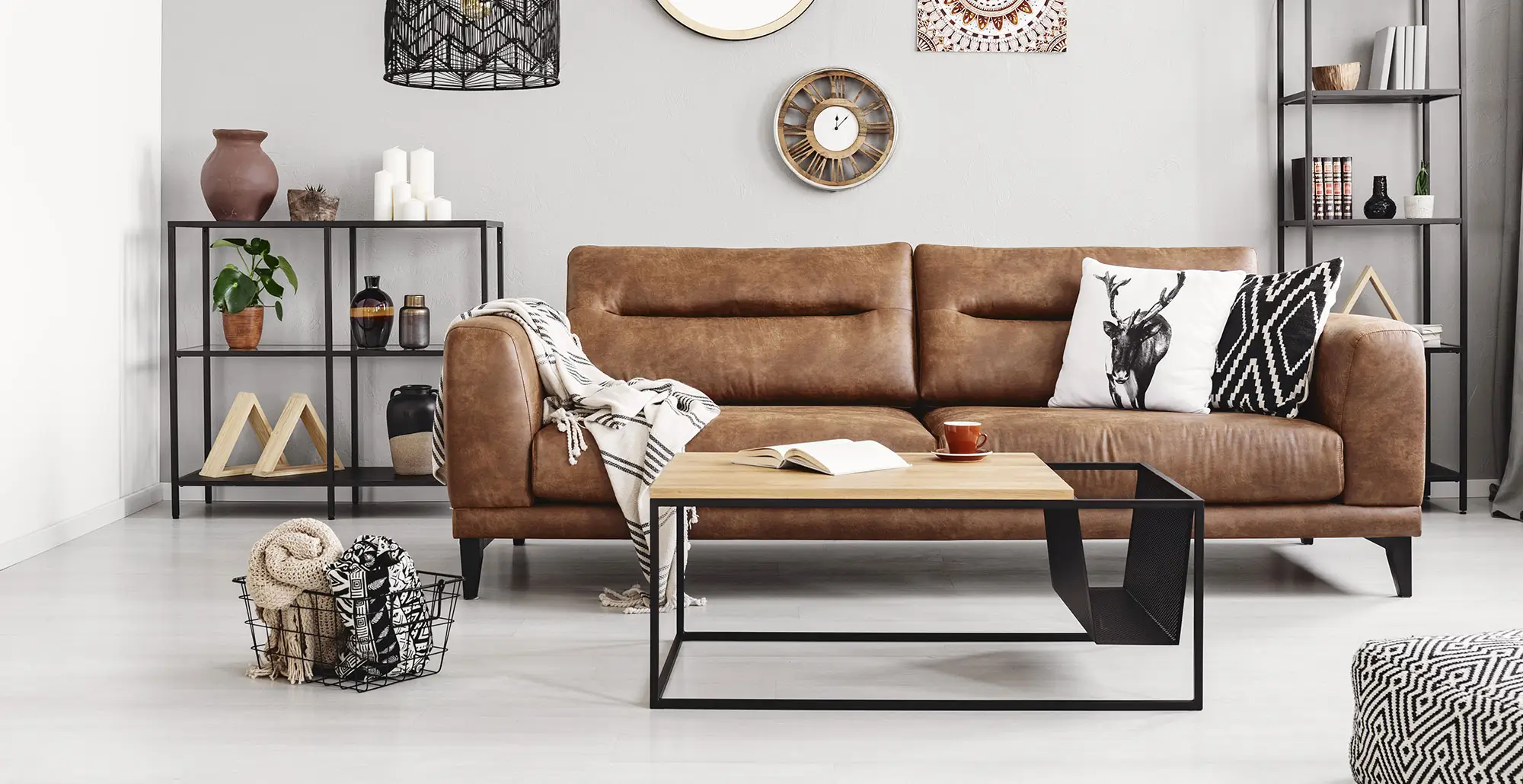Tenants preparing to sign a lease need to understand they are committing to a legal and binding contract. It’s important to read and understand your rental lease agreement before you sign it. Any questions or concerns should be addressed with the property owner, landlord, or management company.
 Your lease will explain whether or not you’re allowed to have pets. If you can have them, you’ll need to know what the pet fee or pet deposit will be. There might be an increase in your monthly rent a well.
Your lease will explain whether or not you’re allowed to have pets. If you can have them, you’ll need to know what the pet fee or pet deposit will be. There might be an increase in your monthly rent a well.
 It’s best to do this right up front. Figure out what you’re obligated to, what your restrictions are, and what you should or should not be doing. You want to find these things out before signing, and not in the middle of your lease term.
It’s best to do this right up front. Figure out what you’re obligated to, what your restrictions are, and what you should or should not be doing. You want to find these things out before signing, and not in the middle of your lease term.
What Does a Lease Agreement Look Like?
A lease agreement is comprehensive, but there are 10 key points that are particularly important. If you’re a landlord, you will likely agree that these 10 components bring in the most commonly asked questions from tenants. Answering them up front will create a smoother relationship between landlords and tenants.Start and End Date
It’s important to know when you’re moving in. The move-in date is the day you’re legally obligated to take over rent payments. You also need to know how long you are bound to rent the property. Make sure you know your end date so you can prepare to move out or renew your lease.Property Address
Every rental agreement should include the property address. You need to know which property you’re renting, so make sure correct address is on the lease. Rental Amount The amount of rent has to be correct and what you agreed to with the landlord. If the contract reflects a total amount due for the entire lease, make sure the math adds up for the 12 months. If you moved in during the middle of the month and prorated your rent, make sure those numbers add up as well.Late Fee Policy
The lease must reflect when the tenant gets charged a late fee. It should explain whether this is a daily late fee, a one-time late fee, or both. Security Deposit The security deposit amount must be in the lease, and your landlord should acknowledge its receipt. You’ll also want to see a process for getting your security deposit back. In Indiana, a landlord has 45 days from the time a tenant vacates to return the security and a letter explaining why any money was withheld.Maintenance
What maintenance items are you, the tenant, responsible for? At Complete Landlord Solutions, our lease indicates that tenants are responsible for changing light bulbs and replacing furnace filters every three months. The lease should also explain what a landlord is responsible for. This keeps everyone on the same page.Pet Policy
 Your lease will explain whether or not you’re allowed to have pets. If you can have them, you’ll need to know what the pet fee or pet deposit will be. There might be an increase in your monthly rent a well.
Your lease will explain whether or not you’re allowed to have pets. If you can have them, you’ll need to know what the pet fee or pet deposit will be. There might be an increase in your monthly rent a well.
Tenant Utilities
As a tenant, you will be responsible for paying utilities. Your lease will tell you which ones. If the rental advertisement said you were only responsible for paying the electric bill, make sure the lease says the same thing. If there’s any confusion, ask about it.Lease Renewals and Vacating
Your lease will tell you what happens at the end of the lease term. You may want to move elsewhere or you may want to renew. If there’s a move-out inspection, you’ll need a checklist or a document from your landlord that tells you what’s expected at move-out. Every landlord wants to give tenants their full deposit back, so do everything you can on that checklist before you move out.Everything Else
The final category is all the other details that you need to read. Please read your lease in full. Lots of tenants skim the pages, but there are so many terms and conditions that you have to understand. Take some time to read it and ask questions. It’s best to do this right up front. Figure out what you’re obligated to, what your restrictions are, and what you should or should not be doing. You want to find these things out before signing, and not in the middle of your lease term.
It’s best to do this right up front. Figure out what you’re obligated to, what your restrictions are, and what you should or should not be doing. You want to find these things out before signing, and not in the middle of your lease term. If you have any questions about your rental lease agreement or anything pertaining to Terre Haute property management, please contact us at Complete Landlord Solutions.

